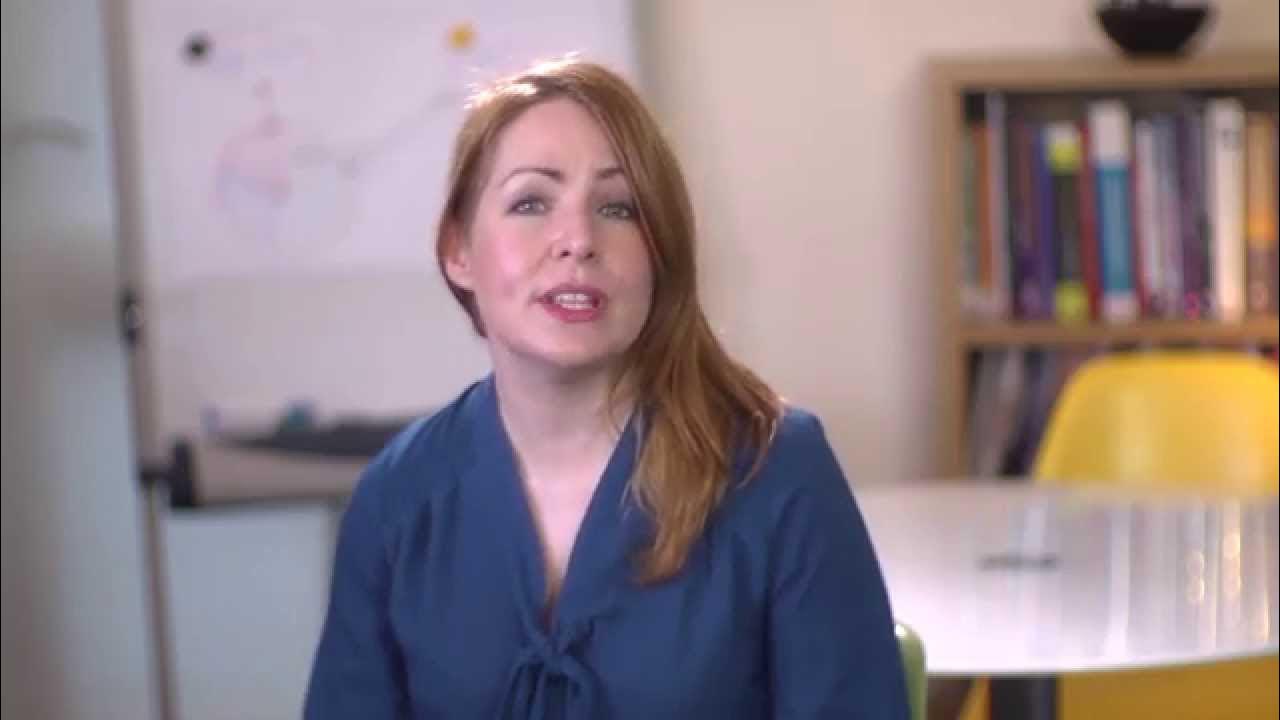Clarifying the '5 Whys' Problem-Solving Method
Summary
TLDRThe video introduces the Five Why’s method of problem-solving, a technique used to trace issues back to their root causes by repeatedly asking 'why.' It explains how the approach helps avoid surface-level fixes, promoting deeper understanding and lasting solutions. The example of Taiichi Ohno at Toyota demonstrates how a recurring machine failure was resolved by asking a series of 'why' questions, ultimately uncovering that a missing strainer caused a chain reaction of issues. The Five Why’s method ensures problems are solved at their core, preventing future recurrence and improving overall efficiency.
Takeaways
- 😀 The Five Why's method helps uncover the root cause of problems by asking 'why' multiple times.
- 😀 The method is part of a broader problem-solving process that begins with identifying high-level problems and progressively narrowing down to specific causes.
- 😀 Data gathering and pattern recognition are critical steps before diving into the Five Why's analysis.
- 😀 Observing and understanding the work process is crucial to solving problems effectively.
- 😀 The Five Why's approach encourages investigating beyond surface-level issues to identify underlying causes.
- 😀 Asking why repeatedly leads to a causal chain, eventually identifying the root cause of a problem.
- 😀 The method was popularized by Taiichi Ohno at Toyota in the 1950s to address machine breakdowns.
- 😀 The 'direct cause' of a problem can often be an indication of a deeper issue.
- 😀 A typical Five Why's example involves tracing a breakdown to factors like insufficient lubrication or a damaged pump.
- 😀 Once the root cause is identified, applying a countermeasure prevents future occurrences of the problem.
- 😀 The Five Why's method promotes long-term solutions by addressing the core issue rather than merely applying temporary fixes.
Q & A
What is the Five Why's method in problem-solving?
-The Five Why's method is a technique used to identify the root cause of a problem by asking 'Why?' at least five times, tracing the issue down through causal chains until the underlying cause is discovered.
How does the Five Why's method relate to the problem-solving funnel?
-The Five Why's method fits within the problem-solving funnel by helping break down a high-level, vague problem into smaller, more understandable parts, allowing for the identification of patterns and root causes.
What is meant by 'understanding the work' in problem-solving?
-'Understanding the work' means deeply observing and comprehending the task or process to gather data, recognize patterns, and fully understand how and why problems occur.
What does the term 'point of occurrence' refer to in problem-solving?
-The 'point of occurrence' refers to the direct cause or specific point in a process where the problem manifests, which is crucial to identifying the root cause.
Why is it important not to stop at the first cause when solving a problem?
-It is important not to stop at the first cause because doing so only addresses symptoms, not the root cause. By continuing to ask 'Why?', deeper, systemic issues can be uncovered and resolved to prevent recurrence.
What was Taiichi Ohno's example of applying the Five Why's method?
-Taiichi Ohno’s example involved a machine breakdown in Toyota's machine shop. By asking 'Why?' five times, he traced the issue back to a missing strainer that allowed metal chips to damage a pump, causing insufficient lubrication and leading to the machine's failure.
What is the role of asking multiple 'Why?' questions in identifying the root cause?
-Asking multiple 'Why?' questions ensures that the problem is explored in-depth, revealing the underlying systemic issues that may not be immediately obvious with a superficial analysis.
What does a causal chain represent in problem-solving?
-A causal chain represents the sequence of events or conditions that lead to a problem, with each cause leading to the next until the root cause is identified.
How does the Five Why's method ensure that problems are solved at the root cause?
-The Five Why's method ensures problems are solved at the root cause by continuously asking 'Why?' until the fundamental issue is identified, allowing for a countermeasure to address it, preventing the issue from recurring.
How can understanding the root cause help improve problem-solving in organizations?
-Understanding the root cause helps improve problem-solving by allowing organizations to address the true source of issues rather than applying temporary solutions, leading to more sustainable and effective fixes.
Outlines

This section is available to paid users only. Please upgrade to access this part.
Upgrade NowMindmap

This section is available to paid users only. Please upgrade to access this part.
Upgrade NowKeywords

This section is available to paid users only. Please upgrade to access this part.
Upgrade NowHighlights

This section is available to paid users only. Please upgrade to access this part.
Upgrade NowTranscripts

This section is available to paid users only. Please upgrade to access this part.
Upgrade NowBrowse More Related Video

How to deal with PROBLEMS in Life ? : Life Hacks and Tricks by Him-eesh in Hindi

Ishikawa Vs 5 Why I Root Cause Analysis: Understanding the Difference and Relationship

The 5 Whys of Problem-Solving Method

COMO APLICAR OS 05 PORQUÊS FERRAMENTA GESTÃO DA QUALIDADE E ADMINISTRAÇÃO/para que serve 05 PORQUÊS

The 5 Why's Explained | Root Cause Analysis | Quality Management Certification | Invensis Learning

TATUI CANTOR INTERPRETA AULAS CANTADAS FOFA E 5 Porquês/ novas músicas 🎶 INÉDITA na PLAYLIST
5.0 / 5 (0 votes)